Optimal Timing for Concrete Installation
Concrete installation timing is crucial for ensuring durability and quality. The ideal period depends on climate conditions, temperature, and humidity levels. Proper timing minimizes issues such as cracking, uneven curing, or delays caused by weather disruptions.
Spring and fall typically offer the best conditions for concrete installation due to moderate temperatures and lower precipitation levels.
Concrete cures best when temperatures are between 50°F and 85°F. Extreme cold or heat can affect curing times and strength.
Rain, snow, or high humidity can delay projects or compromise the quality of the concrete. Planning around weather forecasts is essential.
Installing concrete during suitable weather conditions enhances strength, reduces cracking, and prolongs lifespan.
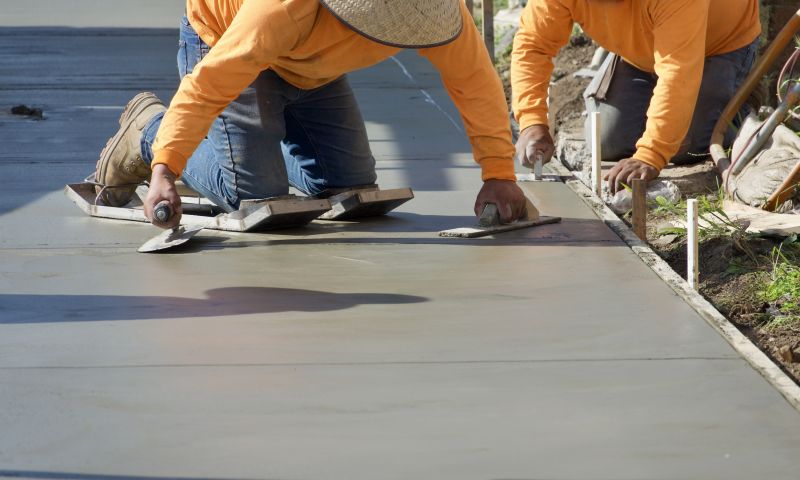
A crew pouring concrete during optimal weather conditions ensures proper curing and finish.
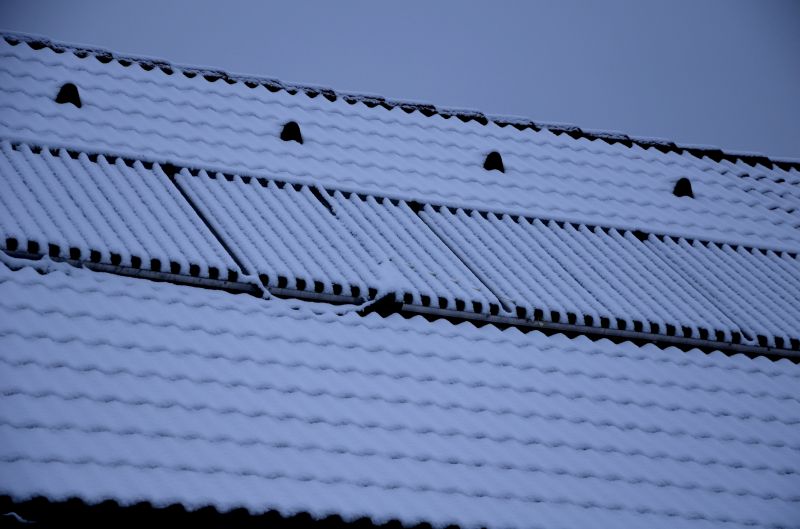
Using blankets or heaters to control temperature during cold months can extend the installation window.
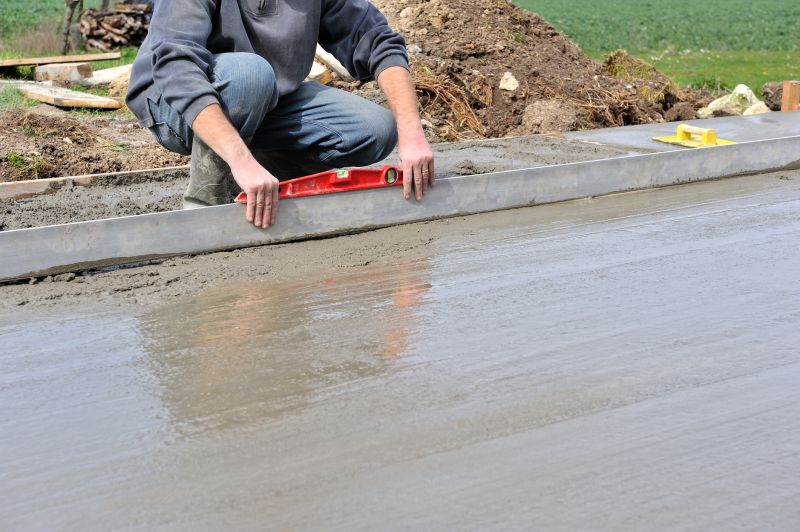
Proper site preparation is essential before scheduling concrete work, especially during favorable weather periods.
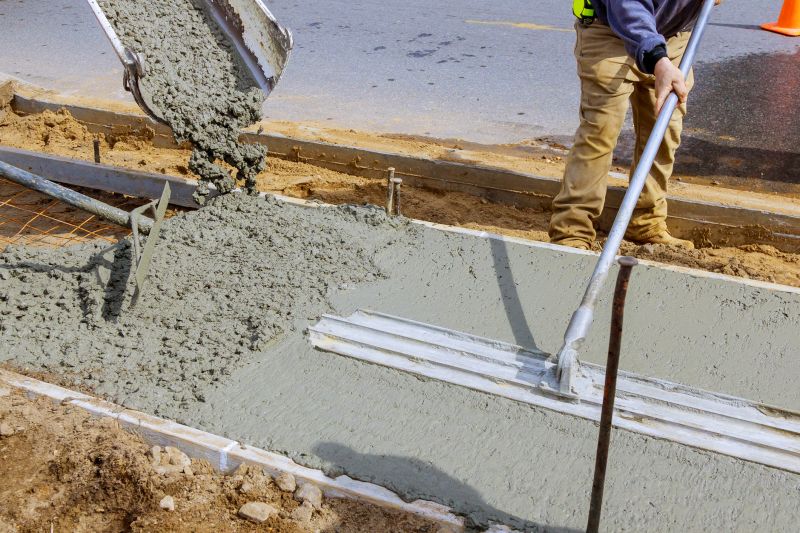
Ways to make Concrete Installations work in tight or awkward layouts.
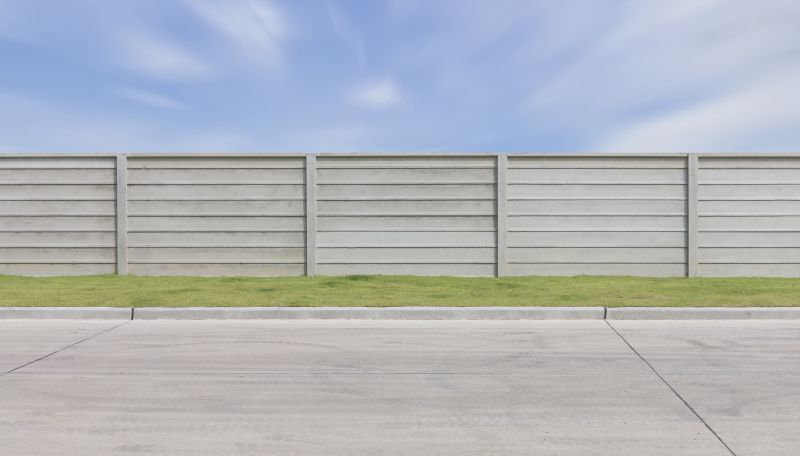
Popular materials for Concrete Installations and why they hold up over time.
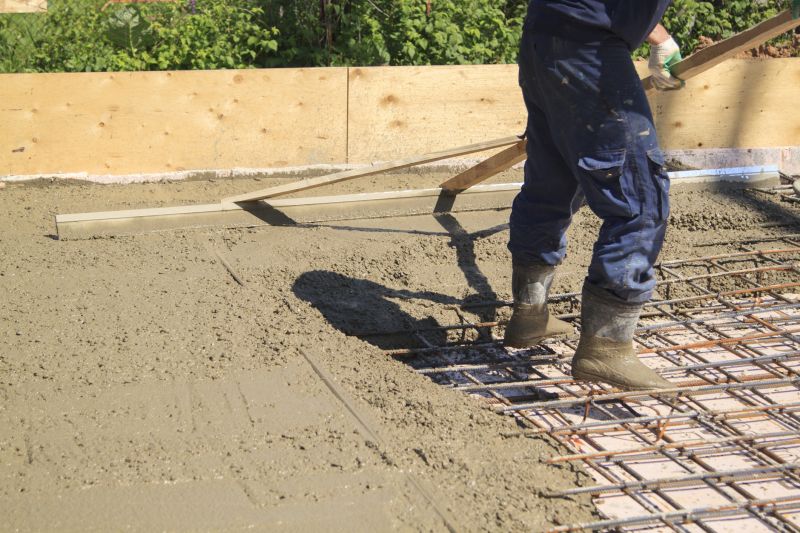
Simple add-ons that improve Concrete Installations without blowing the budget.
| Season | Ideal Temperature Range |
|---|---|
| Spring | 50°F - 75°F |
| Summer | 70°F - 85°F |
| Fall | 50°F - 70°F |
| Winter | Above 40°F with precautions |
Concrete installations require precise planning to achieve optimal results. Proper timing ensures that the concrete cures correctly, gaining maximum strength and durability. Weather conditions play a significant role; adverse conditions can lead to cracking, uneven surfaces, or compromised structural integrity. The curing process is sensitive to temperature and moisture levels, making early-season and late-season installations more challenging without additional measures. In regions like Orem, Utah, scheduling during the warmer months of late spring through early fall is generally recommended. This window provides the most reliable conditions for concrete to set and cure properly, reducing the risk of future issues.
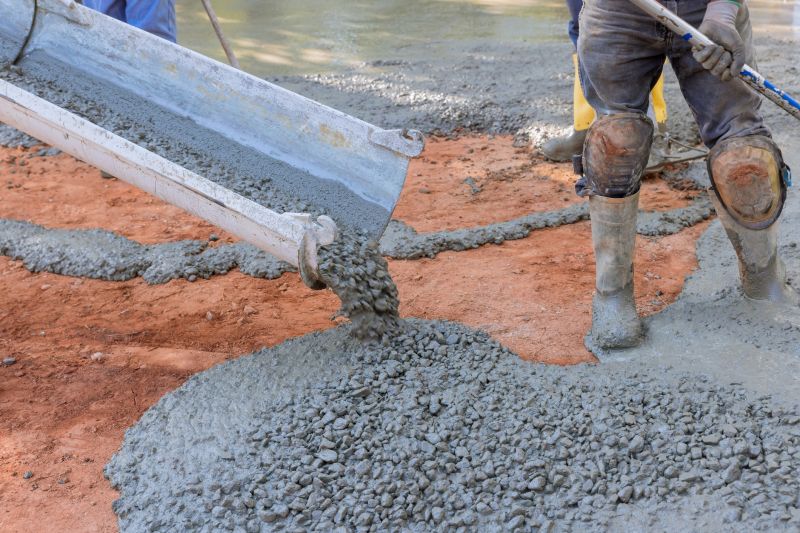
A large-scale concrete pour taking place during suitable weather conditions ensures quality and longevity.

Heaters and insulated blankets used during colder months help maintain proper curing temperatures.
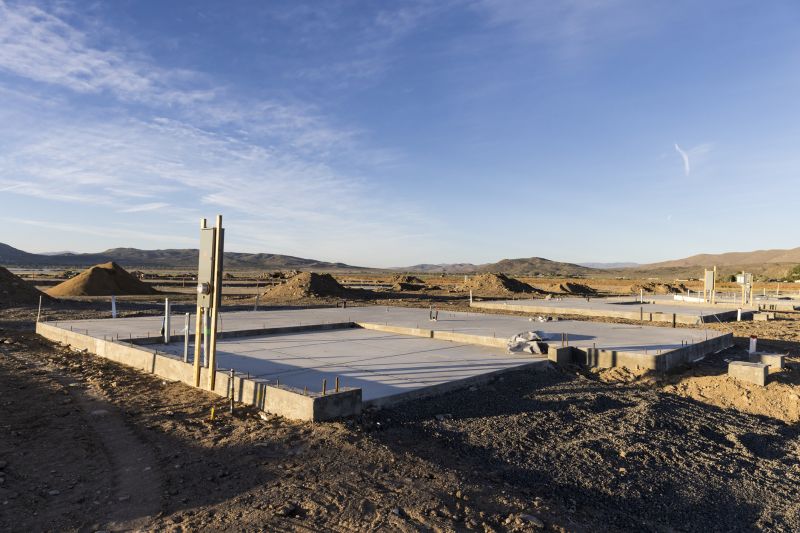
Proper site prep is vital and should be scheduled during periods of stable weather for best results.
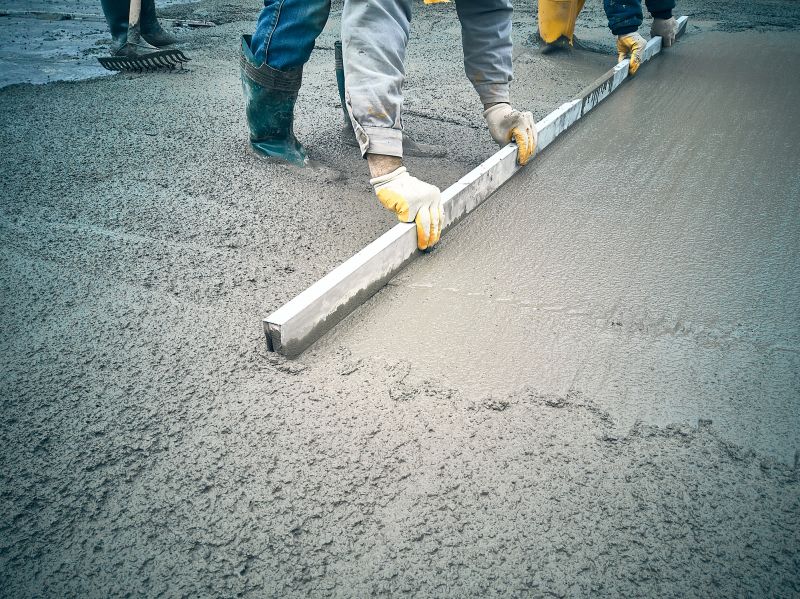
Monitoring curing conditions is essential for achieving optimal concrete strength.

High-end options that actually feel worth it for Concrete Installations.
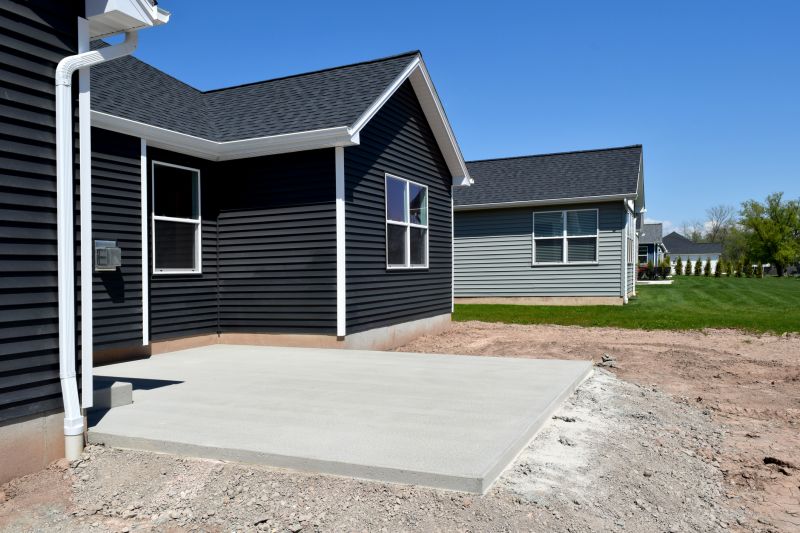
Finishes and colors that play nicely with Concrete Installations.
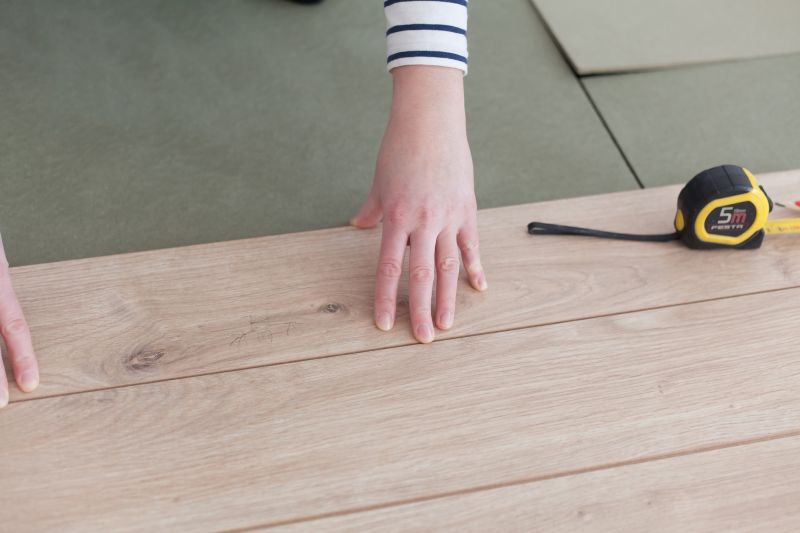
Little measurements that prevent headaches on Concrete Installations day.

A 60-second routine that keeps Concrete Installations looking new.
Interested parties should consider scheduling concrete installations during the most suitable weather windows to ensure optimal results. Proper timing not only enhances the quality and appearance of the finished surface but also extends the lifespan of the concrete. For inquiries or to discuss specific project needs, filling out the contact form is recommended to receive tailored advice and scheduling options.
